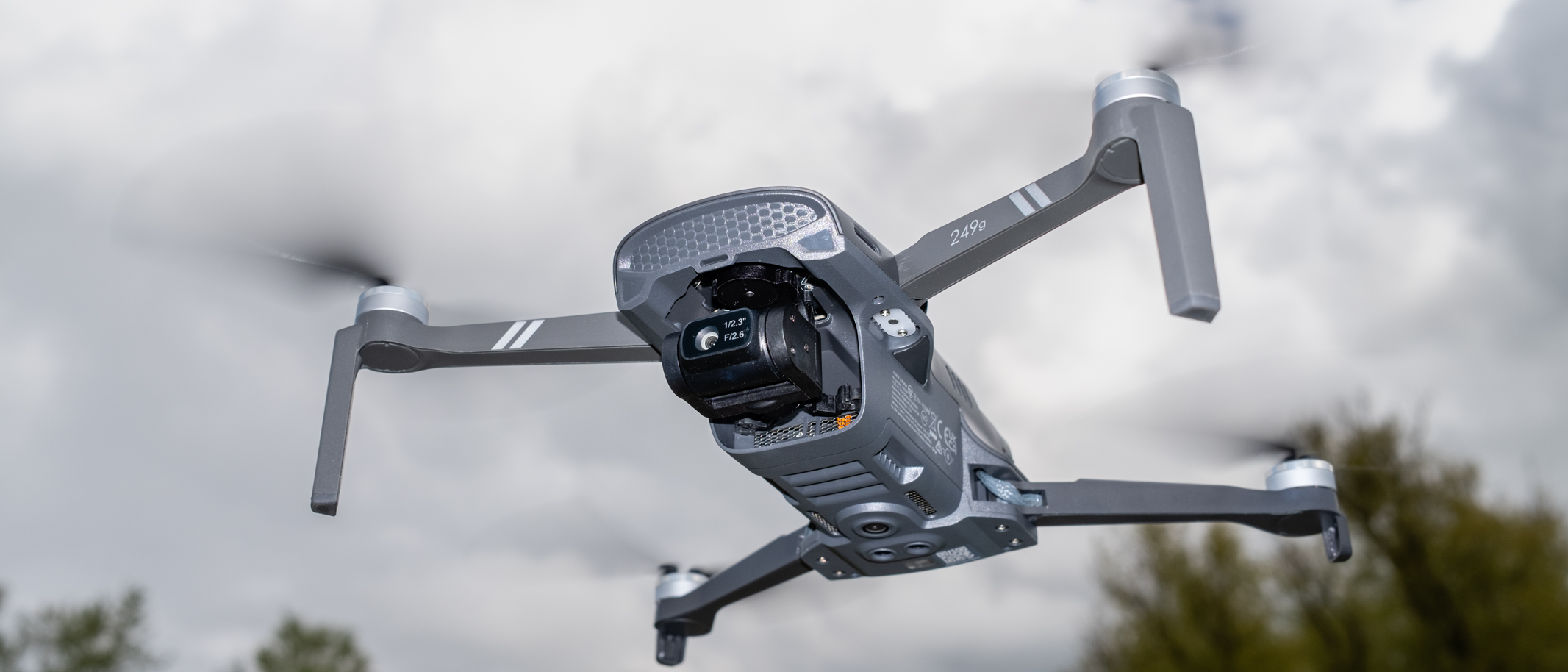Space Verdict
The Holy Stone HS900 Sirius is an impressive sub-250g drone at a competitive price. Image quality is good, plenty of features are on offer and flight performance can't be faulted.
Pros
- +
Holy Stone's best drone to date
- +
Great flight performance
- +
Great features
Cons
- -
No obstacle avoidance
- -
No histogram for photos and video
- -
RAW photo capture is not yet available
Why you can trust Space.com
Weight: 8.7 oz / 249 g
Dimensions: 5.63 x 3.26 x 2.44 in / 143 × 82.8 × 62 mm folded / 6.59 x 8.57 x 2.44 in / 167.4 x 217.8 x 62 mm unfolded
Battery: 2250 mAh Li-ion / up to 30 minutes
Charger type: USB-C cable
Modes: Stable, Normal, Sport
Video transmission range: 1.86 miles / 3 km
Video resolution: 4K, 1080p
Frame rates: 4K 30 FPS / 1080p up to 60 FPS
Holy Stone is well known within the beginner drone category, and the latest model marks a new direction and a significant leap in performance and image quality. The Holy Stone HS900 Sirius is a sub-250g model that was released in May 2024 and comfortably competes within the mid-range of the sub-250g drone category. This is a huge upgrade over Holy Stone's previous sub-250g model — the HS360S — and will undoubtedly gain attention from Holy Stone fans and beginner drone pilots in general.
In terms of flight performance, features and image quality, it's safe to say that the HS900 is one of the best beginner drones currently available. With this in mind, and considering the reasonable cost of the drone, it could potentially slip into the best drones category. It's certainly not going to compete with the likes of the DJI Mini 4 Pro which is a much more advanced drone, but it remains a compelling option for beginners and intermediate pilots looking for a small and lightweight UAV.
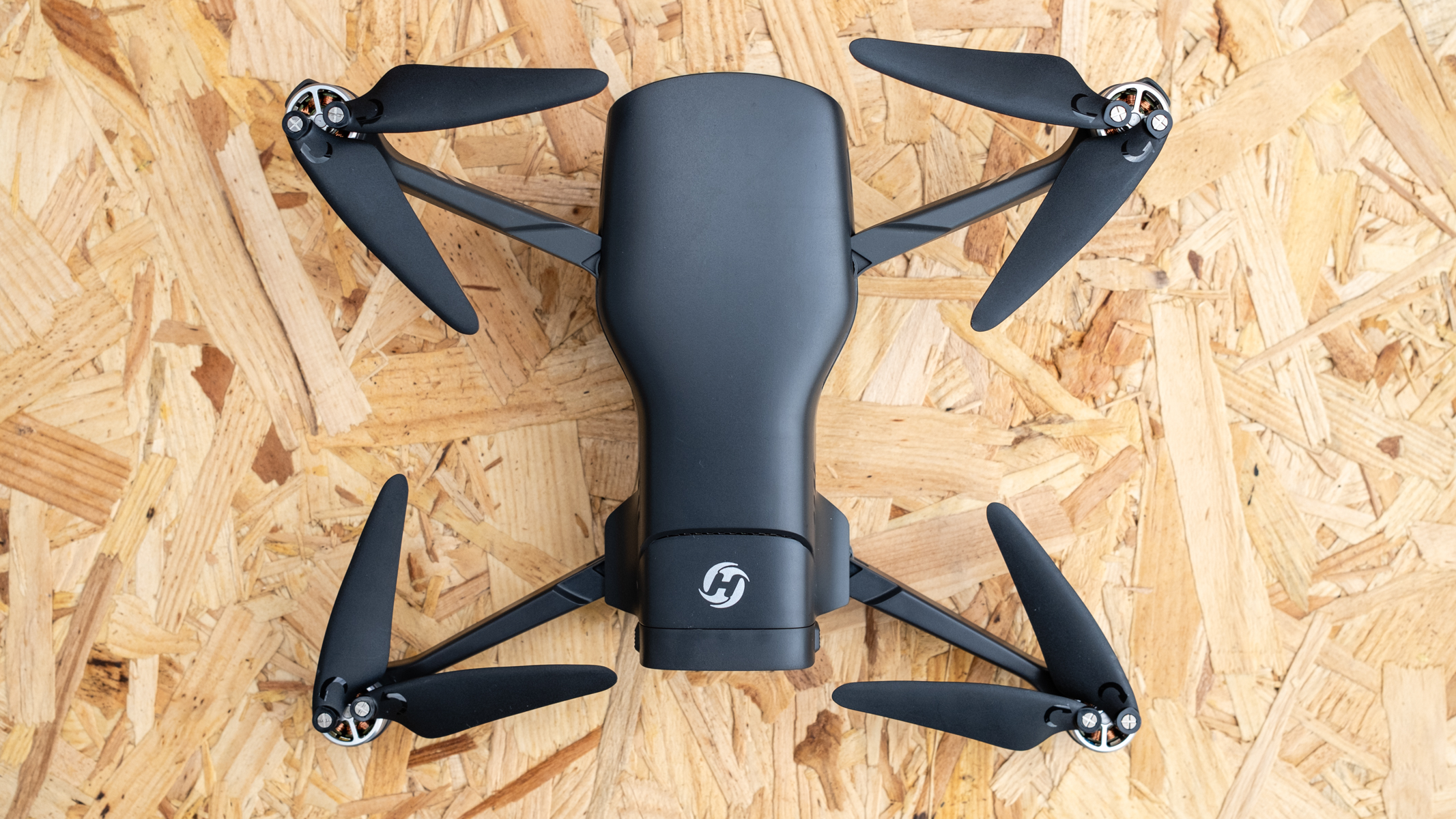

The HS900 is packed with useful features including GPS positioning, downward vision sensors and Return to Home functionality among others, but at this end market, the coveted obstacle avoidance feature remains absent. This is pretty much the norm though, so nothing unsurprising here. And at $330 for the single battery kit, it's certainly not out of the reach of those on tighter budgets.
The single-battery HS900 kit includes the HS900 drone, a controller, one smart battery, phone connection cables, a USB-C charging cable, a set of spare propellers, spare screws, a screwdriver and a carry bag. Dual and triple-battery kits will also become available and each battery is advertised to provide flight times up to 30 minutes.
Holy Stone HS900: Design
- Folding design
- Small and lightweight
- Great controller
In terms of design, the HS900 is unremarkable in that it looks like most sub-250g drones available. That's not a criticism, and the dark gray airframe with Holy Stone's trademark silver detailing identifies it as a Holy Stone drone.
The HS900 is also a folding model that's palm-sized when folded at 5.63 x 3.26 x 2.44 in / 143 × 82.8 × 62 mm. Its unfolded size is 6.59 x 8.57 x 2.44 in / 167.4 x 217.8 x 62 mm and weighs 8.7 oz / 249 g.
The drone has various cooling vents, including overheat protection. These are most visible on the bottom, where you'll also find a status light and downward vision sensors.
Breaking space news, the latest updates on rocket launches, skywatching events and more!
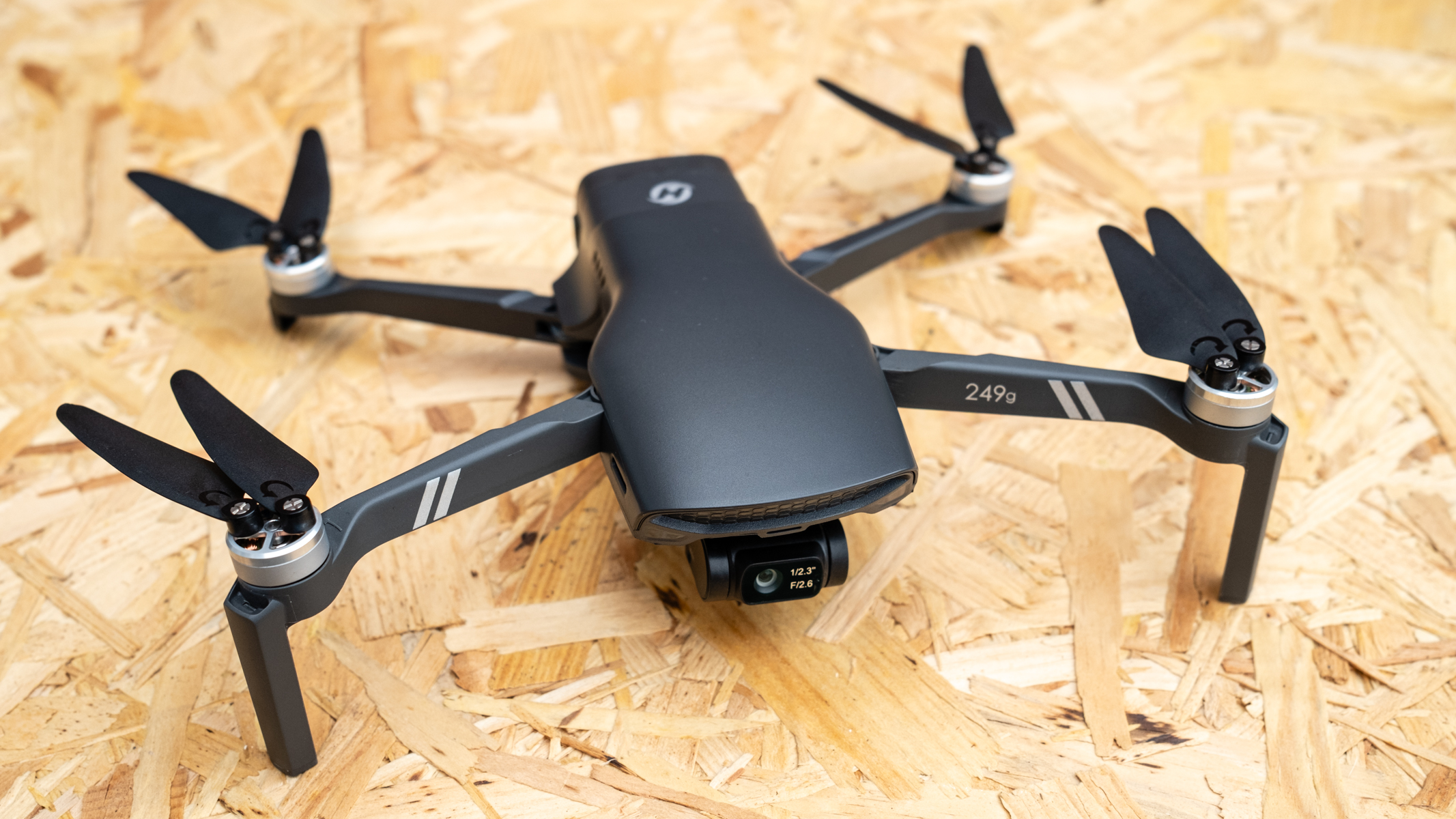


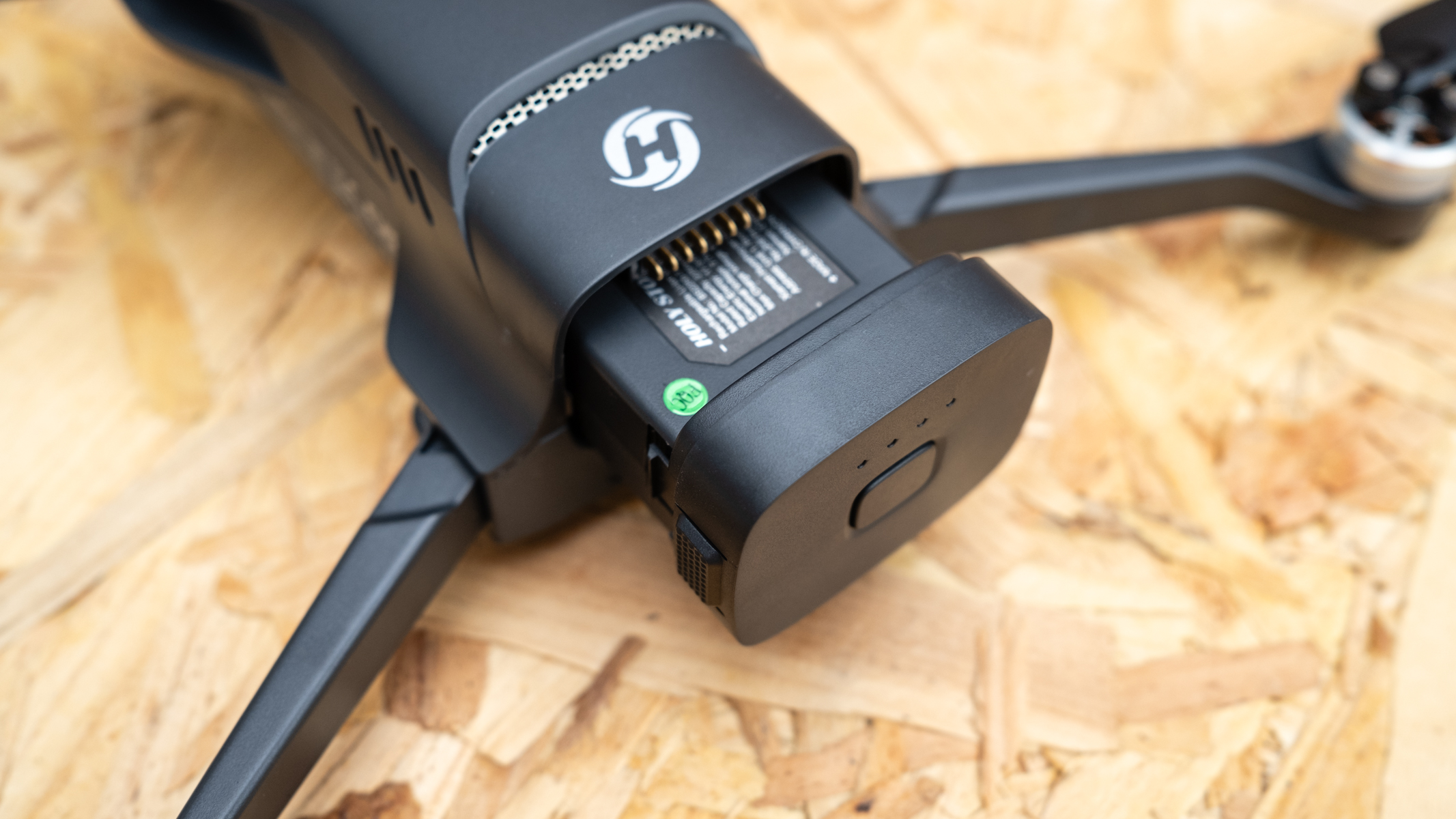
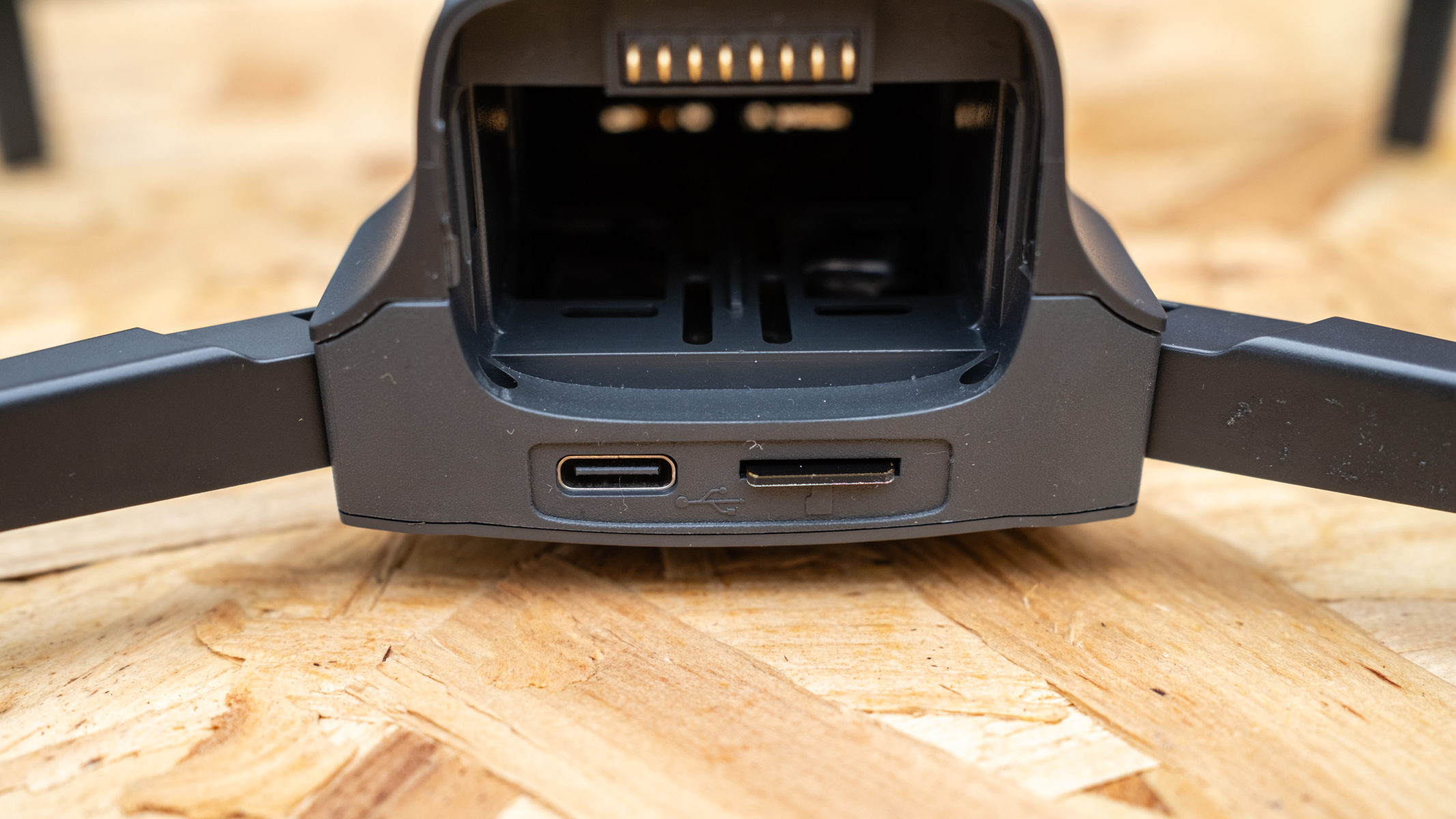
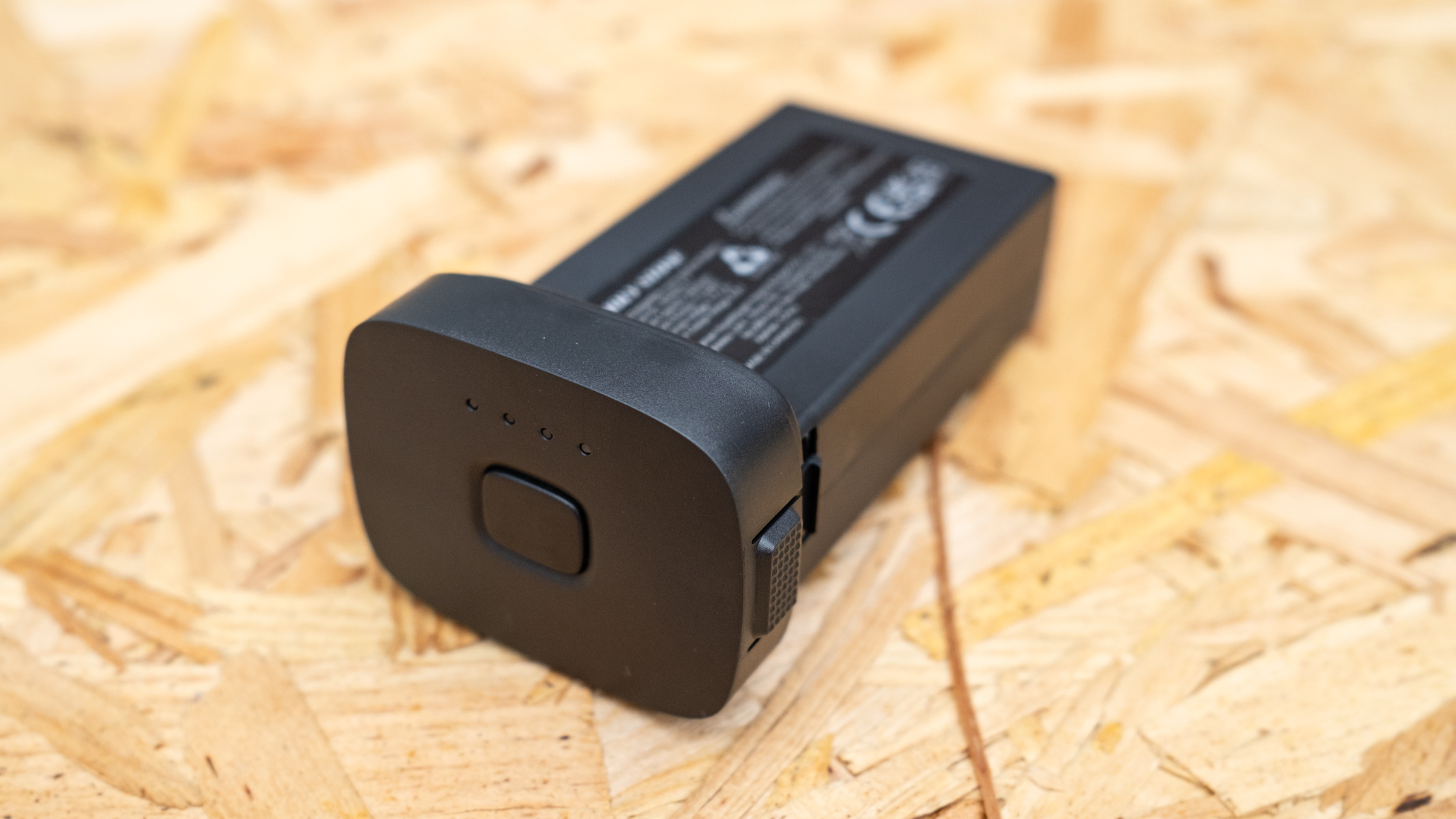
On the rear, you'll find the MicroSD card slot alongside the battery compartment and USB-C port for charging, while the small camera and 3-axis gimbal offering mechanical Image Stabilization are located at the front.
The battery is advertised to provide flight times of up to 30 minutes and during testing, flight times were averaging 22 minutes with moderate wind. Wind and temperature always play a part in determining flight times, so in warmer and less windy conditions the HS900 may be able to fly for longer before Return to Home is initiated at 20% battery charge. The 2250mAh batteries take roughly seventy minutes to charge.

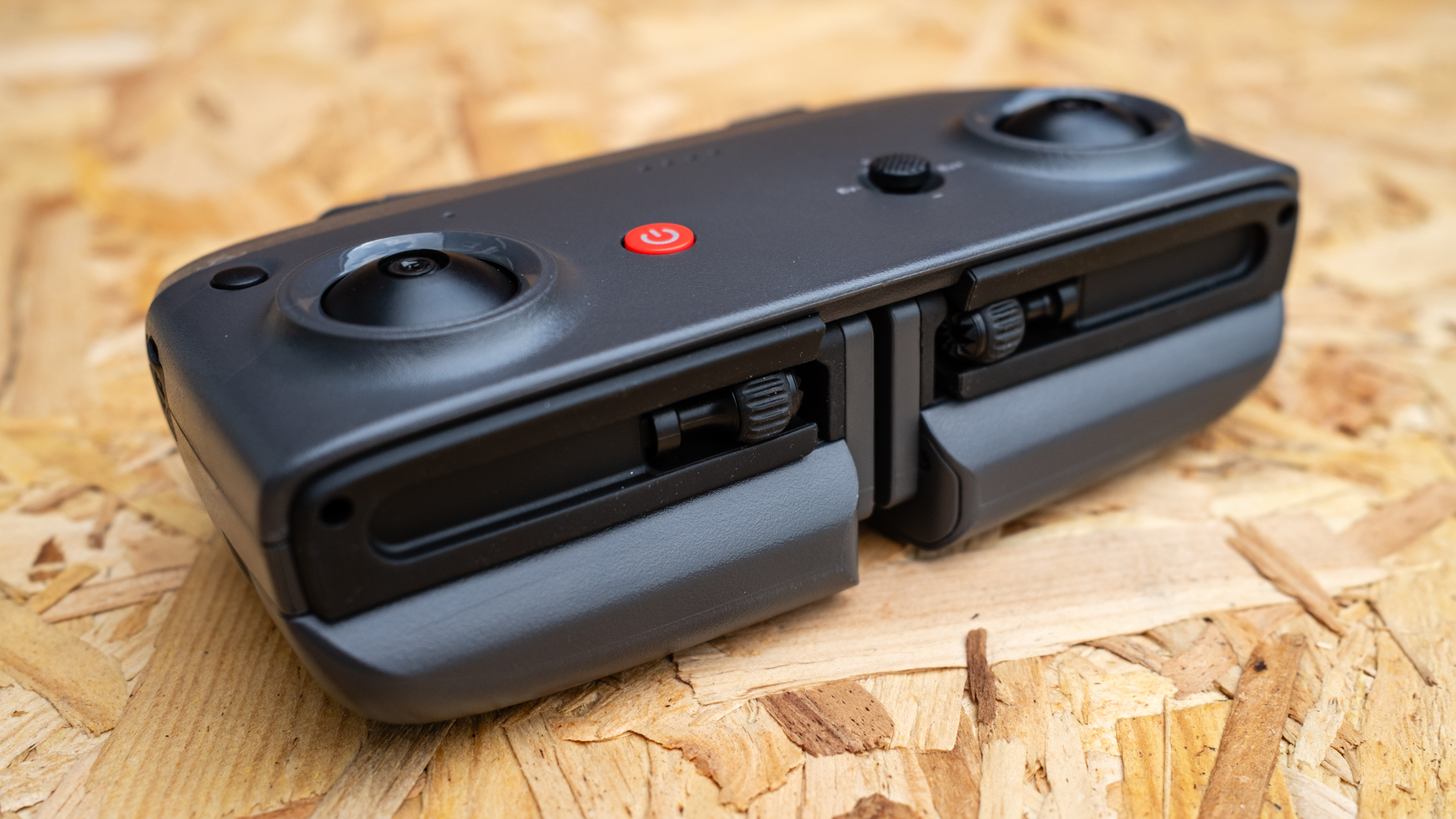

The HS900 P2 remote controller looks fairly simple at first glance, but it provides all of the controls you need and more for operating the drone and the camera. The controller folds neatly for storage and transportation, with detachable control sticks that can be stowed away at the bottom of the controller. The phone holder is at the bottom and admittedly looks flimsy, but it's convenient and easy to use and comfortably accommodates smartphones of all sizes.
In terms of controls, you have the control sticks, a power button, a Return to Home button (RTH), a speed control button, a gimbal dial, a customizable Fn button with dual functionality, a small joystick for adjusting camera settings, and photo and video capture buttons. The internal 3900 mAh battery also provides plenty of power for multiple flights/batteries and is charged via USB-C.
Holy Stone HS900: Functionality
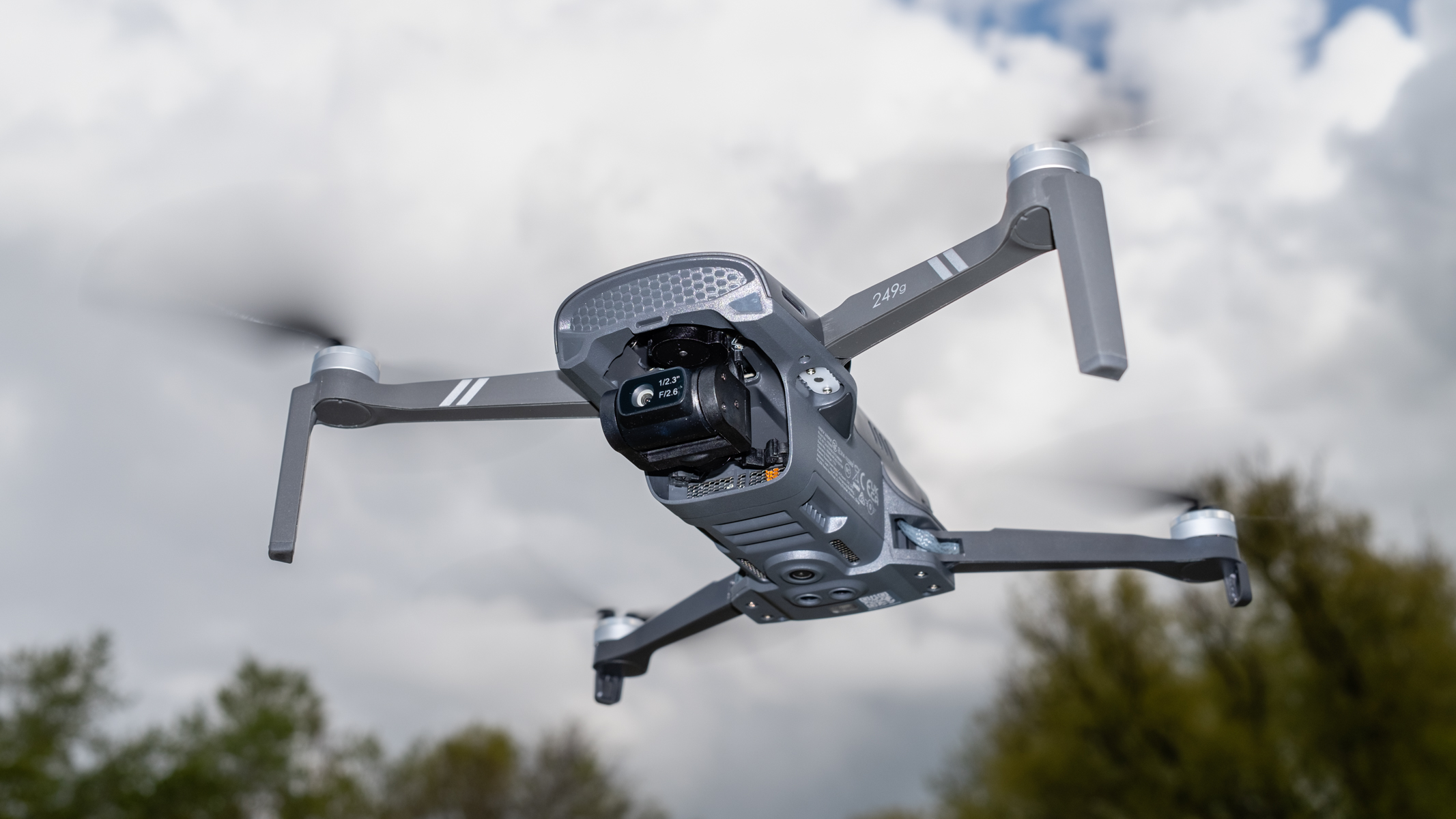
- GPS and Return to Home
- Subject tracking
- Automated flight patterns
Flight performance can't be faulted, with smooth and responsive controls that allow you to perform smooth maneuvers when capturing video. This may not sound hugely important, but oversensitive or, indeed, laggy controls make smooth flight incredibly difficult, and that's certainly not the case with the HS900.
The drone may be small and lightweight, but it offers level five wind resistance, which stands for wind speeds up to 24 mph. During testing, it was flown in 22 mph gusts and flew smoothly and positively as the rating would suggest. This was in all three flight modes, which include Stable, Normal and Sport, which provide speeds of up to 11 mph, 22 mph and 31 mph respectively for flying in different situations.
GPS positioning is provided by connection to GPS, GLONASS, Galileo and BeiDou systems to provide stable hovering. This, in turn, delivers Return to Home functionality, which can be initiated by the pilot or automatically when the battery reaches 20% charge and when the connection between the drone and controller is lost.
There is no obstacle avoidance functionality, so you have to take care when flying close to obstacles such as trees. However, there's a downward vision system to detect the ground in situations when GPS is unavailable, such as indoors. With the lack of obstacle avoidance, you have to ensure that there's no risk of a collision when using automated flight modes and subject tracking.
Automated flight patterns include Point of Interest, Spiral up, Tap Fly (waypoints), Gesture Selfie, One-key Ascension and Catapult. There's also a time-lapse feature and subject tracking. All of these features work reasonably well, but with subject tracking where you have to select the subject to be tracked by drawing a box around it, the HS900 does sometimes lose the subject.
The time-lapse feature works well and is easy to use since it creates the video for you based on the interval and video time selected. The downside to it is that control of the drone is separate from the feature, unlike DJI drones where they're combined.
This makes it difficult to judge the speed and distance required to create a hyperlapse (a time-lapse with the camera's movement incorporated into it). The wind also moves the drone if it's gusty, and the Electronic Image Stabilization can't compensate for this, so while time-lapses are smooth, they're also bumpy.
The final feature is Cruise Control, which allows you to maintain flight after letting go of the control sticks. This is useful when shooting video over long distances because it allows you to maintain a constant speed and trajectory.
This was tested when shooting time-lapse videos, but it didn't seem to work well. Cruise Control can be assigned to the Fn button for convenience, and with the review unit, this was set to move the gimbal between 0 -degrees and 90 -degrees with a single press, while a double press initiated Cruise Control.
Holy Stone HS900: Performance
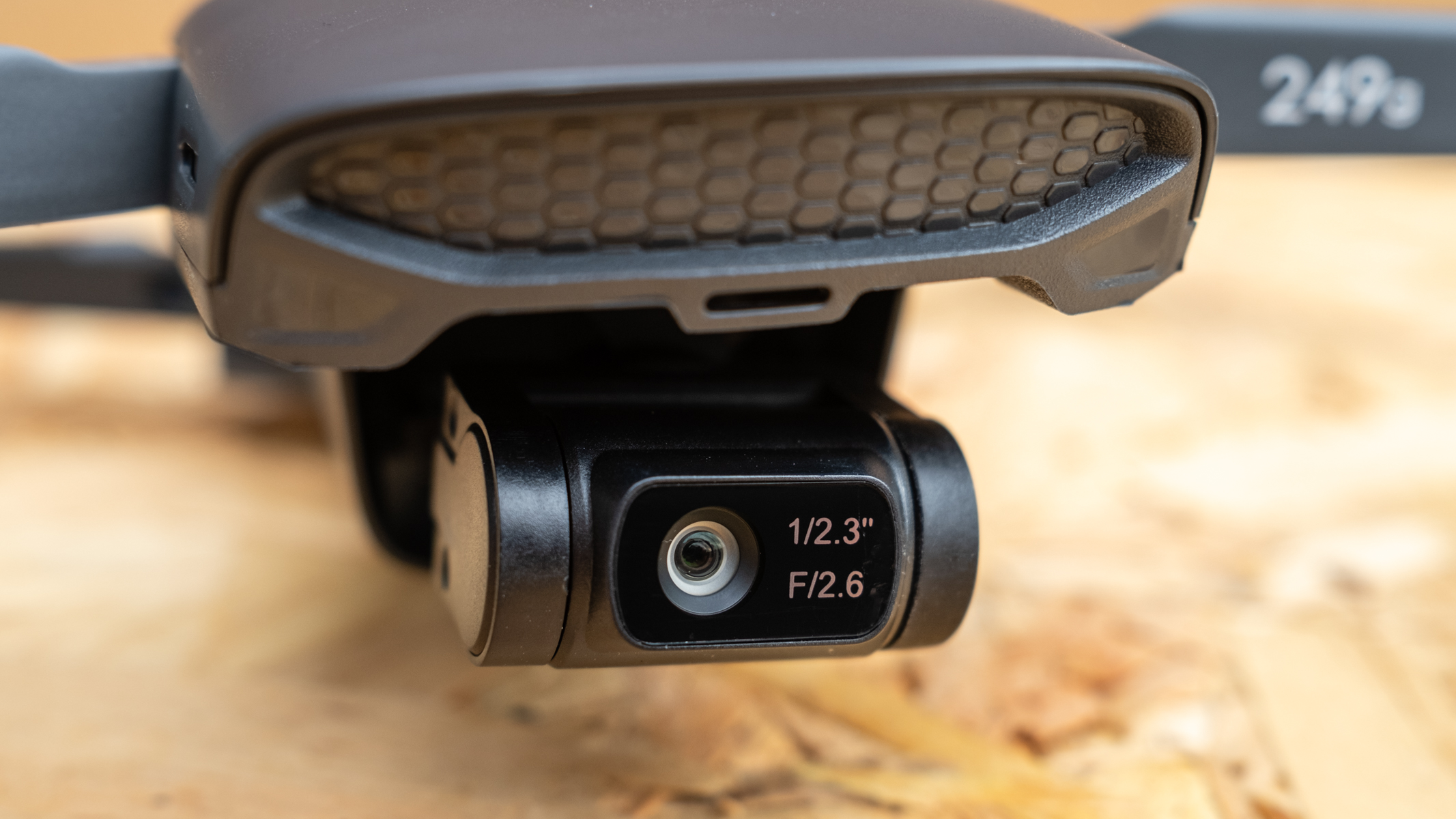
- Sony 1/2.3 in CMOS sensor
- Up to 48MP photos
- 4K 30 FPS & 1080p 60 FPS video
The camera and gimbal should be the jewel in a drone's crown, alongside great flight performance and features, and the HS900 does indeed have an impressive camera. It's the best camera ever used on a Holy Stone drone and features a Sony 1/2.3-inch 48MP CMOS sensor with a fixed-focus f/2.6 lens providing a 100-degree field of view.
The gimbal's tilt is 30 to -90 degrees, allowing you to shoot upwards slightly as well as straight down. A combination of the 3-axis mechanical gimbal and Electronic Image Stabilization (EIS) provides effective image stabilization to produce smooth video.
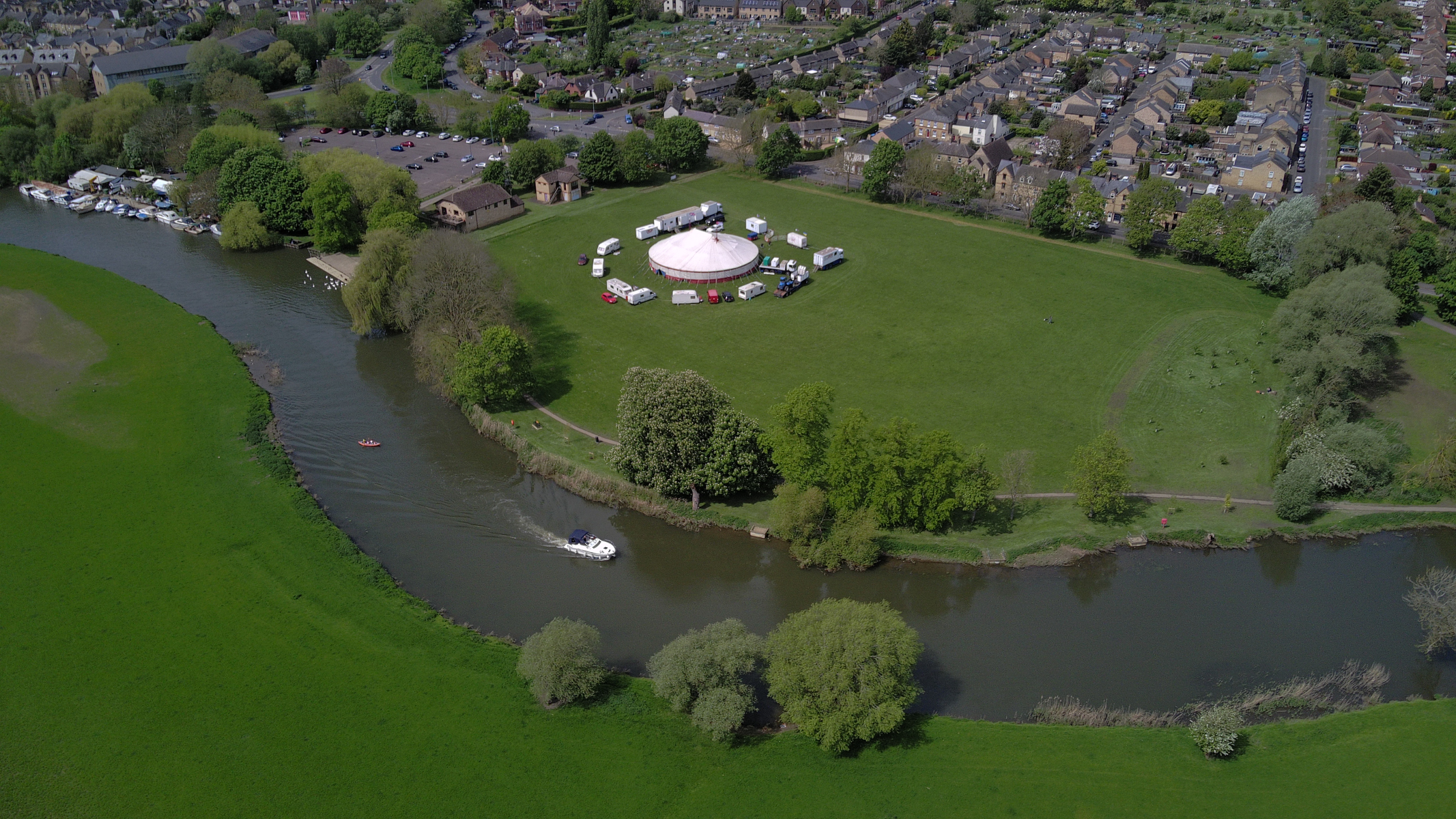

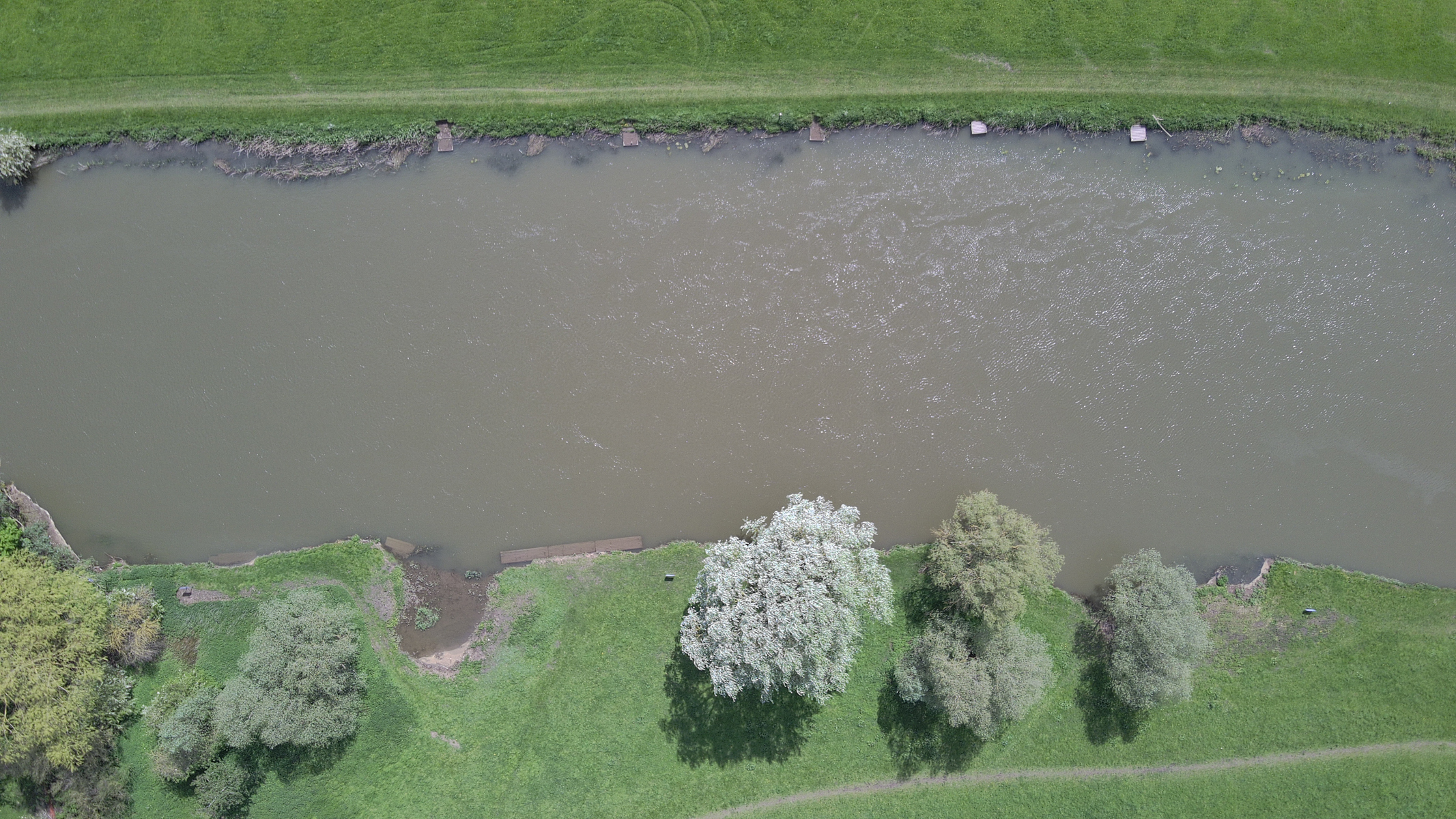
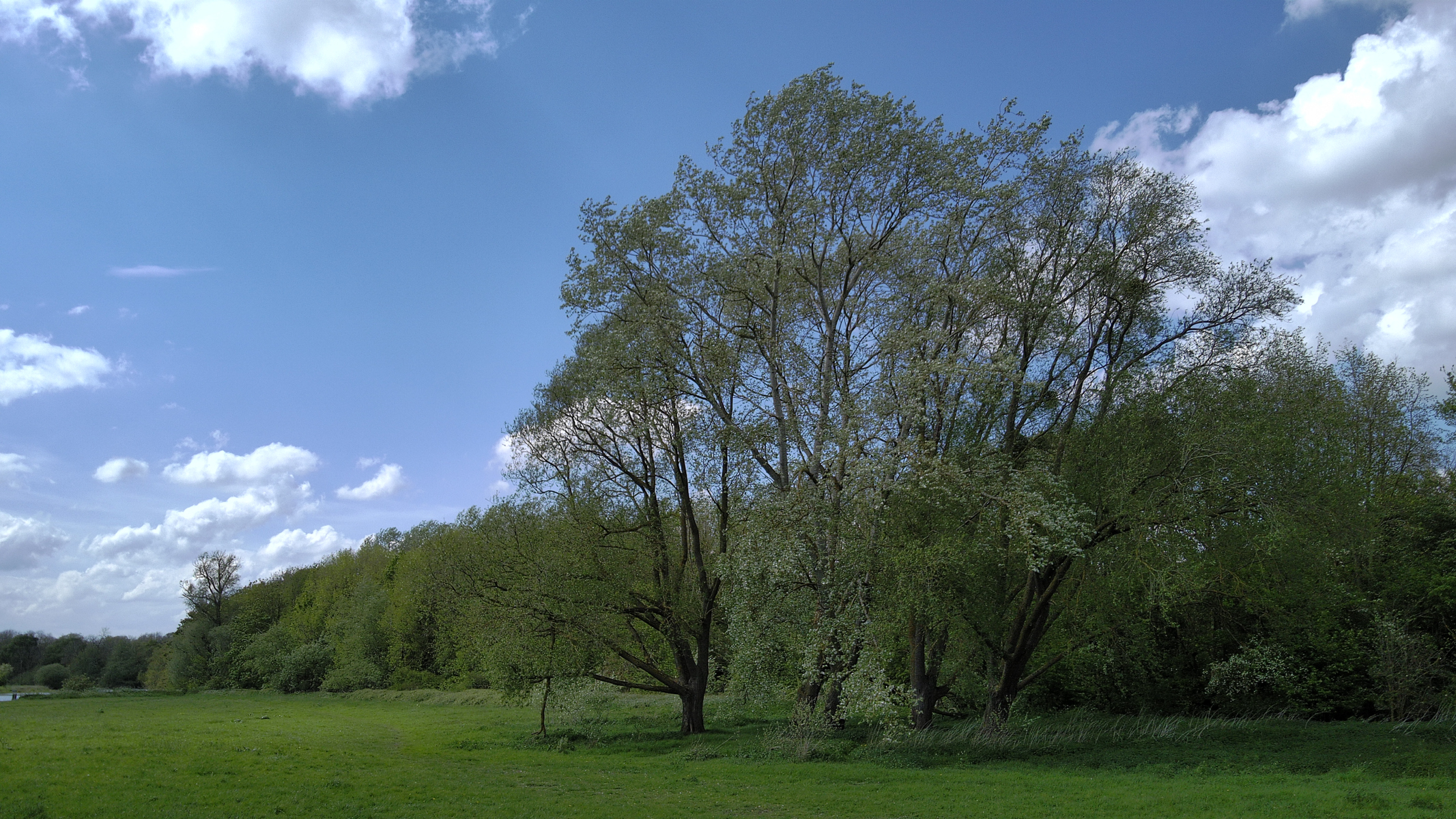


Image quality is very good for both photos and videos, but like most small drones, it is always best in brighter conditions, so general performance here is on par with what you'd expect.
White balance is best set to Auto because this provides the most natural colour balance, while the white balance presets appear a little off where they should be when the camera feed is viewed in the HS Sirius app on your smartphone.
Video can be captured in 4K at 30 FPS and 1080p at 60 FPS and is saved in MP4 format, while photos can be captured in 4K dimensions (3840 x 2160 px) and 48MP with image dimensions of 8192 x 4608 px. These are in the 16:9 format rather than the traditional 4:3 many drones offer. Photos can currently only be captured in JPEG format, but RAW capture will become available with a future firmware update.
Two useful features missing from the camera control, which offers both auto and full manual control of settings for photos and video, are a histogram to assist with setting exposure correctly and automatic exposure bracketing. These could be delivered with a firmware update, dramatically improving the already well-featured camera controls.
Holy Stone HS900 Sirius: Price
The Holy Stone HS900 is only available in the US but will be available in the UK and other regions in the future. The single-battery HS900 kit can be purchased from Amazon for $330, and using the code PX3NXJEI will provide a 20% discount. This converts to £263 for UK-based pilots, although exact UK pricing has yet to be announced.
The single-battery HS900 kit includes the HS900 drone, a controller, one smart battery, phone connection cables, a USB-C charging cable, a set of spare propellers, spare screws, a screwdriver and a carry bag. Dual and triple battery kits will become available, and we've also been told that a charging hub will be released so that batteries don't have to be charged individually in the drone via USB-C.
Should you buy the Holy Stone HS900 Sirius?
Not only is the HS900 Holy Stone's best drone to date, but it's also a compelling option within the mid-range of the sub-250g drone category. Image quality can't be faulted and with stabilized video up to 4K, it will almost certainly meet the needs of beginners and intermediate pilots. The drone is so new that at the time of writing RAW photo shooting isn't yet available, but this will be delivered in a future firmware update.
Flight performance is also very good. With subject tracking and automated flight patterns for easily capturing professional-looking videos, the HS900 offers more features than some directly comparable drone models. It's not perfect, but from an overall performance point of view, you're unlikely to be disappointed.
If this drone isn't for you
The Potensic Atom is extremely similar to the HS900 in many ways and is even priced similarly, so if you're unsure which is best for you, you have a great pair of drones to choose from. Thanks to its 3-axis gimbal, the Atom can shoot photos in JPEG and RAW and 4K stabilized video, which offers solid flight performance.
In terms of flight performance and image quality, the DJI Mini 3 is the best mid-range sub-250g drone model currently available. This drone captures video up to 4K and photos in JPEG and RAW formats, plus the camera can be rotated 90-degrees to capture photos and videos in portrait format. But it is the more expensive option of the three recommended here.
If you're on a tight budget, the Holy Stone HS360S is a less expensive sub-250g drone, which flies well but lacks the 3-axis gimbal of the HS900 for Image Stabilization, and image quality overall is far inferior. It is, however, an inexpensive drone that will allow you to familiarize yourself with drone flight controls before taking the plunge and investing in a more expensive model.
James is an award-winning freelance landscape and portrait photographer, as well as a highly experienced photography journalist working with some of the best photography magazines and websites with a worldwide audience. He’s also the author of The Digital Darkroom: The Definitive Guide to Photo Editing. www.jamesaphoto.co.uk
